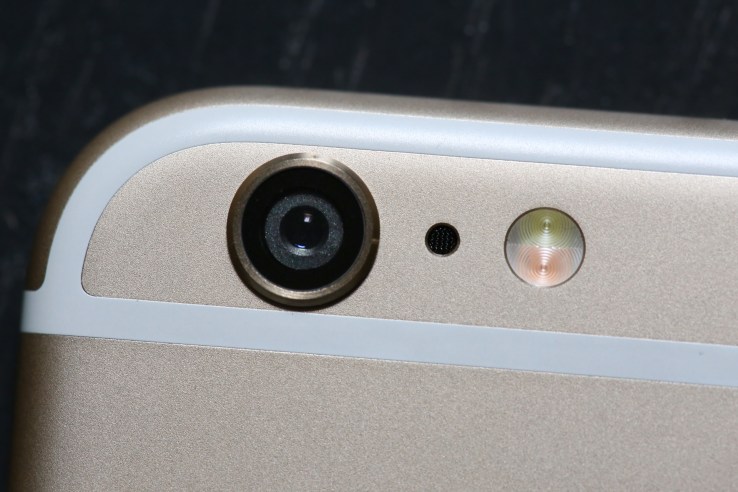
Apple’s ‘Shot on iPhone” campaign is probably something you’re already familiar with, given the ubiquitous presence of billboards, print and transit ads created using iPhone 6 user photos. But what you haven’t seen that much of, until today’s expansion of the iPhone World Gallery, are examples of what users can capture with built-in iPhone 6 video camera tools (helped along with additional apps and accessories).
Now, seven videos have been chosen to appear in the iPhone World Gallery on TV, in theatres, in rich media web ads and on Apple.com. The selected clips are brief, but show what you can do using things like slo-mo, time-lapse and the built-in video stabilization Apple created to make smooth capture possible even without a tripod or fancy and expensive stable cam mount.
Some, like the one above documenting a Chicago “L” train ride and captured with Instagram’s Hyperlapse, used third-party apps to achieve their effects, but others, like the one below featuring a sparrow eating some food from the shooter’s hand, employ only native Camera app features on iPhone 6 like slo-mo.
This one from Instagram user Cielo de la Paz employs an Olloclip macro lens add-on accessory, which is a tool I also use pretty often in my personal iPhone photography. The point (well-made) is that it’s not just Apple’s own device, but also the software and accessory ecosystem that surrounds them that provides a unique advantage when it comes to creative mobile photographic pursuits.
Other clips use the iPhone 6, 6 Plus, and iMovie combined with the native camera app, and document a range of different things. You can check them all out below.
This whole campaign does a great job of emphasizing one of the device’s core strengths, while also generally enriching the spaces in which it appears, highlighting quality image and video captures from actual users that also, as a result of their origin, don’t necessarily suffer from the same invisibility or annoyance problems that can plague display and digital advertising.

Comments
Post a Comment